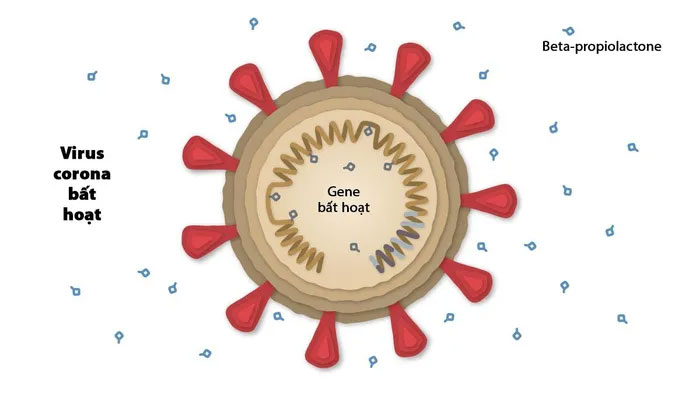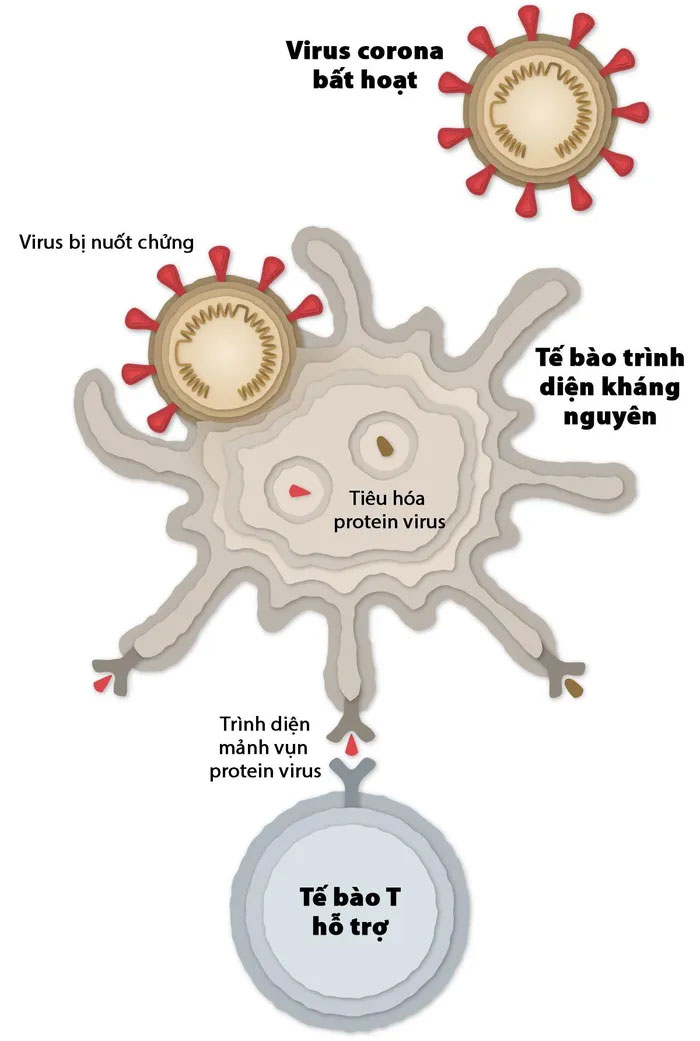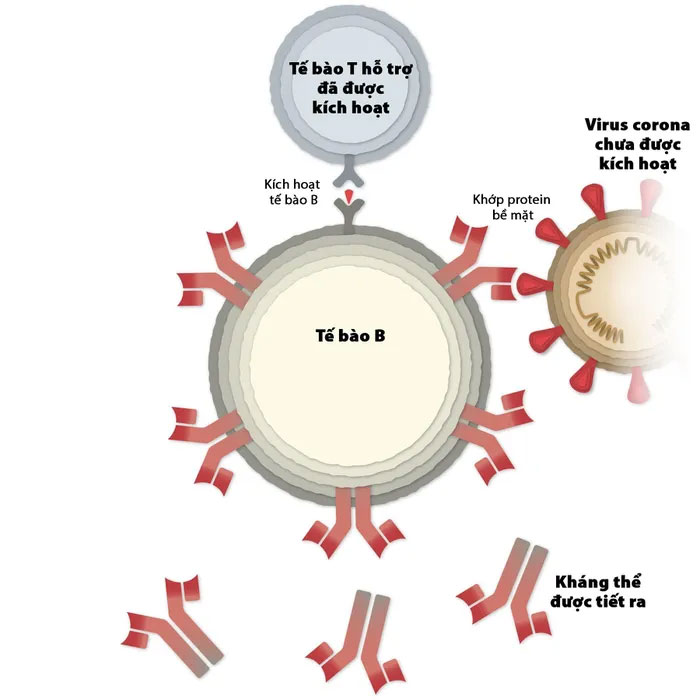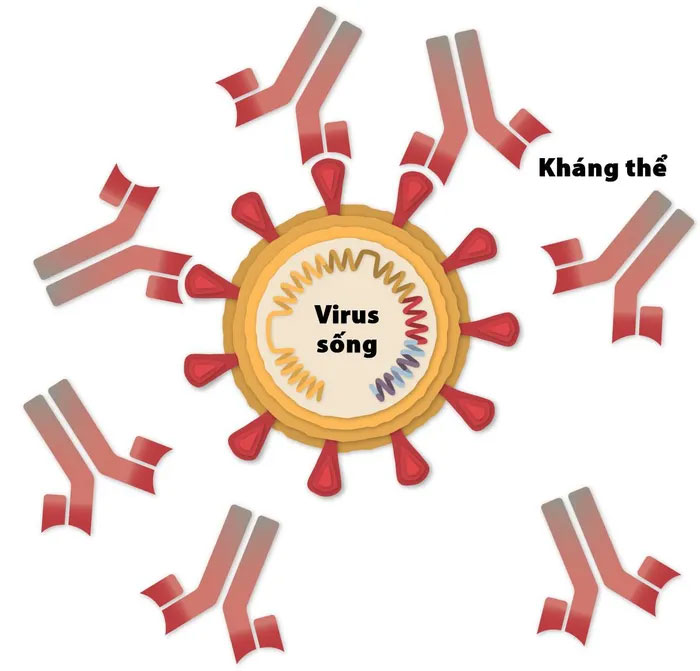The World Health Organization (WHO) approved Covaxin, an inactivated Covid-19 vaccine with a reported efficacy of 78%, for emergency use on November 3rd.
This vaccine was developed by Bharat Biotech of India in collaboration with the National Institute of Virology and the Indian Council of Medical Research, and it has been granted emergency use authorization in India since January 3rd. Covaxin is administered in two doses, spaced four weeks apart.
According to SAGE – the Strategic Advisory Group of Experts on Immunization, Covaxin is particularly suitable for use in low- and middle-income countries due to its easy storage requirements.
Mechanism of Action
The mechanism of Covaxin works by teaching the immune system to produce antibodies against SARS-CoV-2, the virus that causes Covid-19. These antibodies will attach to viral proteins, such as the spike proteins on the surface of SARS-CoV-2. The spike protein is the mechanism that allows the virus to attach to human cells.

Coronavirus. (Graphic: New York Times).
To create Covaxin, Bharat Biotech uses samples of the novel coronavirus (nCoV) isolated by the National Institute of Virology of India.
After producing a large quantity of the coronavirus, researchers treat the virus with a chemical called beta-propiolactone. This compound binds to the virus’s genetic material and inactivates the virus.
After this step, the coronavirus is inactivated and loses its ability to replicate, but its proteins, including the spike protein, remain intact.

Inactivated coronavirus. (Graphic: New York Times).
Researchers then isolate the inactivated virus and mix it with a small amount of an aluminum-based compound known as an adjuvant. The adjuvant stimulates the immune system to enhance its response to the vaccine.
Inactivated viruses have been used in vaccines for over a century. American virologist Jonas Salk used inactivated viruses in the 1950s to create one of the first polio vaccines. Inactivated viruses also serve as the basis for other vaccines, such as those for rabies and hepatitis A.
Since the coronavirus in Covaxin is dead, it can be injected into the human body without causing the vaccinated individual to contract Covid-19.
Once inside the body, some of the inactivated viruses will be engulfed and broken down by a type of immune cell known as antigen-presenting cells. Some fragments of the coronavirus will then appear on the surface of these antigen-presenting cells.

Activity of antigen-presenting cells. (Graphic: New York Times).
Subsequently, a type of cell known as helper T cells can detect these viral fragments. If one of the proteins on the surface of the helper T cell matches the fragment, the helper T cell will be activated and help recruit additional immune cells to respond to the vaccine.
Preventing the Virus
Another type of immune cell known as B cells can also encounter the inactivated coronavirus. B cells have proteins on their surface that come in various shapes. Some of these proteins may have the right shape to attach to the coronavirus.
Similarly, if a B cell attaches to the virus, it will internalize part or all of the virus and display fragments of the coronavirus on its surface.

B cells. (Graphic: New York Times).
At this point, an activated helper T cell that has already responded to the coronavirus can bind to the displayed fragments. This activation also stimulates the B cell to proliferate and produce antibodies that resemble the surface proteins of the B cell.
After receiving the Covaxin vaccine, the immune system can respond to an infection by live coronavirus. The B cells will produce antibodies that attach to the invading virus. The antibodies targeting the spike protein can prevent the virus from entering human cells. Other antibodies may block the virus through different mechanisms.

Antibodies neutralizing coronavirus. (Graphic: New York Times).
Once the efficacy of Covaxin in protecting against Covid-19 is established, researchers need to observe for several months to determine how long this protective effect lasts.
The number of antibodies may decrease, but the immune system also contains special cells called memory B cells. Memory B cells are capable of retaining information about the coronavirus for many years, even decades.


















































